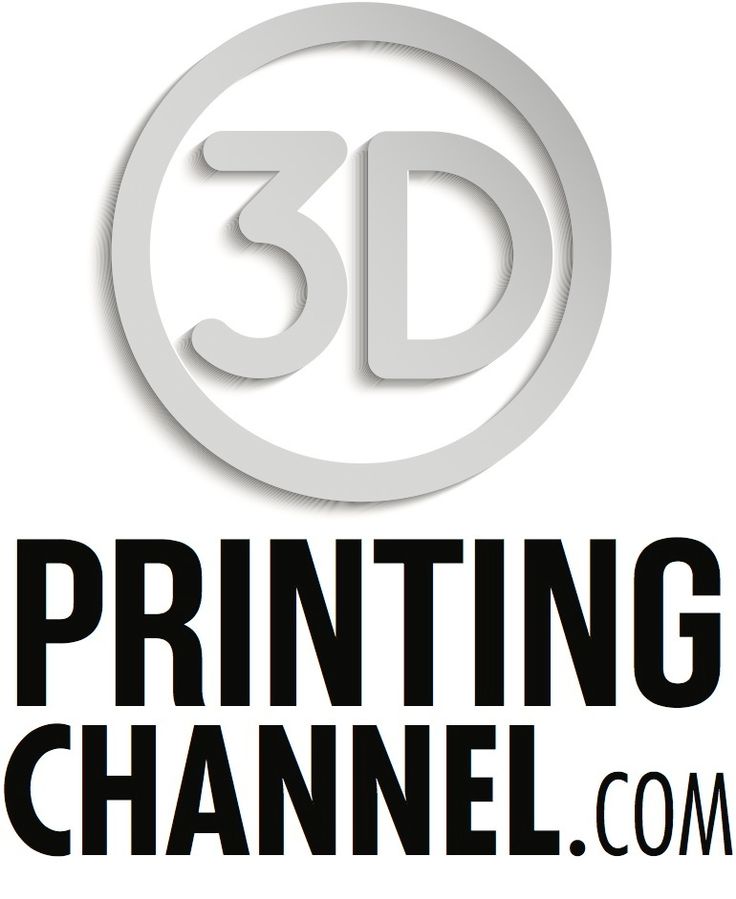Who 3D Prints?
Who Uses 3D Printing?
Well, that’s like saying “who uses the Internet?” At least 10 years from now those questions will sound the same.
However, outsiders and newcomers to this industry want to know who has embraced it and who is likely to embrace it.
Background
The technology arrived in 1983 but is only now getting popular. 3D Printing (really a colloquial name for additive manufacturing) has gone mainstream because we can now 3D Print from a variety of elements (not just plastic) and 3D Printers are easier to use and less expensive to buy.
3D Printing was once only available to large manufacturers who would use the technology for rapid prototyping. If a firm was designing a computer case or a roofing shingle, they could 3D Print samples in a couple of hours, instead of having molds made or using cardboard mockups.
As 3D Printing became less expensive to implement, the use of it spread.
Who Uses it?
Manufacturers
Manufacturers use 3D Printing to make samples. They use the technology to put those samples through tests, even to see if clients and vendors will be able to work with those prototypes. Manufacturers also use 3D Printing to make real products for real clients. Sometimes clients need a few pieces (or a few dozen pieces) so 3D Printing makes them quickly and near the client.
Example:
The next time you sit on a plane, look above at the air vent over your seat. Since so few planes are made each year, those parts (as well as hundreds more on the plane) are 3D printed.
Designers
Designers use 3D Printing to view and test designs. Ad agencies, marketing firms, engineers all use 3D Printing to understand what their design concepts will look like and feel like.
Example:
Because of the flexibility, if a designer was working on a new sneaker, she could site with the client and change the shape, color, ornaments and even put holes or studs in it. She could then 3D Print a sample. Firms like Nike already allow clients to custom 3D Print sneakers.
Defense and Aerospace
D& E have been long time users of 3D Printing technology. These highly customized industries use highly customized parts, which aren’t available at the local WallMart. Defense is always looking for less expensive and more durable grades of products, and 3D Printing allows them to test new materials and designs. The technology is also helpful in the field.
Example:
Troops stationed at a small base in South America have weapons, vehicles, communication devices and shelters. 3D Printing allows the troops to carry less inventory and 3D Print what they need, when they need it.
Guys who have parts
Your local Home Depot has perhaps 200,000 parts. That means huge inventory counting, inventory theft and the need to carry parts that aren’t in high demand.
Example:
When you need a washer for a 1967 MayTag washing machine, it will be easier for the hardware store to 3D Print what it needs, on demand.
Guys who need parts
Hotels, office buildings, mechanics, resorts, construction sites, oil wells, gas plants, factories. These facilities are all parts dependent.
Example:
An Oil executive once quipped “I’ve seen entire oil rigs shut down over a 10 cent ‘O’ ring.” Imagine if that rubber ring could be printed in 20 minutes?
Makers
Makers are a new breed of manufacturers all over the world. They can consist of 1 person with a website and a 3D Printer. They make and sell cell phone cases, toys, fashion accessories or even machine parts. This cottage industry is chipping away at conventional manufacturing.
Example:
Search the web for “custom cell phone cases” and you’ll see thousands of Makers who will print one your way, with your design, on demand.
Startups
How many startups want to make and sell a product? With 3D Printing they can now go online (or into a large retailer like Staples) and 3D Print samples before they sit down with financiers.
Medical
Great breakthroughs are in the medical and dental fields. 3D Printing can use stem cells human tissue and prosthetic material to build implants, teeth, crowns and even body parts!
Example:
180,000 dental crowns were 3D Printed in 2013. The patient’s teeth get measured and the dentist turns on the 3D Printer to print a crown that fits the patient perfectly. The dentist spends less time on the patient, doesn’t rely on the lab. The patient spends less time in the chair and has less visits. If the crown broke while the patient was vacationing elsewhere, a local dentist could download and 3D Print a replacement.







3 comments to “Who 3D Prints?”